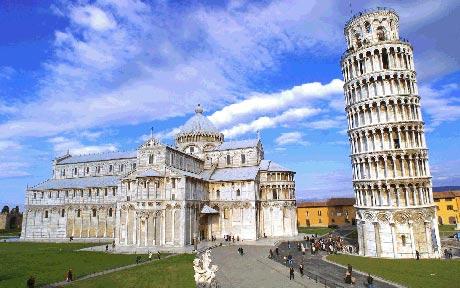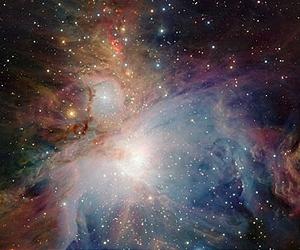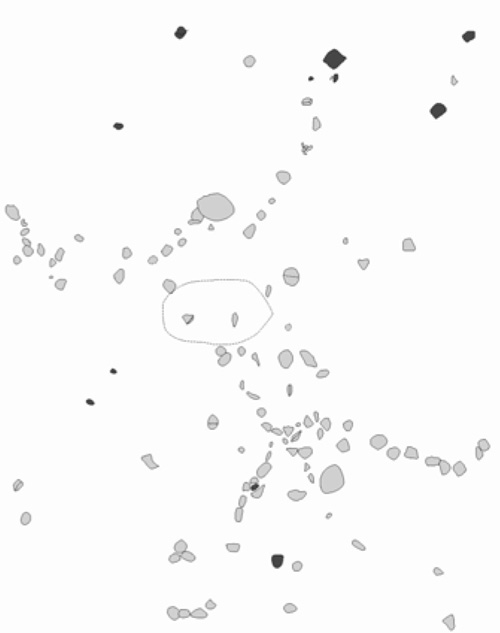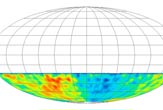
© Associated Press A view of Pisa's Piazza dei Miracoli (Miracles' square) with the famous leaning tower.
.
All six donkeys were impeccably behaved. They'd been ridden into Pisa's main square, the Piazza dei Miracoli, last November by vexed vets from Pisa University and ceremoniously set down beneath its Leaning Tower. In protest at government cuts across Italian education, the profs duly gave an al fresco lecture on donkey anatomy to hundreds of bewildered tourists. Silvio Berlusconi's photo appeared on many a banner, beside the words 'The biggest ass of all'.
Such a display of faculty dissent would have been impossible a decade ago, when the area of piazza around the tower was completely cordoned off. It looked then more building site than World Heritage site and the howls of protest from local Pisans were far louder than a few braying donkeys.
From 1990 to 2001, the tower remained closed - many doubting it would ever reopen - as the International Committee for the Safeguard of the Leaning Tower strove to save it from collapse. Visitors to Pisa dropped off by 45 per cent.
'The street vendors were furious about lost trade and demanded the tower be reopened,' says John Burland, the only Brit on the 14-man committee. 'But it was close to toppling over. Without our intervention, any local storm or earth tremor could have finished it off.' Burland, 72, is emeritus professor of soil engineering at Imperial College London, his reverend-like humility belying the fact that he helped solve one of the most fascinating riddles in architectural history.



